Among mammals, the most agile species are found in cats. Cats are known for their uniqueness, so let’s take a look at the top ten, including the world’s largest cat – the Siberian tiger – and the smallest – Spotted cats, cheetahs, the fastest running cats, jaguars, the cats with the strongest bite force, and lions, the best cats that are good at teamwork, etc. This article will take stock of what makes these cats unique.

1. The largest cat in the world (Amur tiger)
The Siberian tiger, also known as the Siberian tiger, is the largest living carnivorous cat. The body length of a male Siberian tiger can reach about 3 meters, the tail length is about 1 meter, and the weight can reach about 350 kilograms. The fur color of wild Siberian tigers is brown in summer and turns to light yellow in winter. Their backs and sides are covered with multiple narrow black stripes, usually two close together to form a willow leaf shape. It has a large, round head and several black horizontal stripes on its forehead. Sometimes these stripes are connected together to form a pattern similar to the word "王", thus earning it the reputation of "King of the Jungle". It is nocturnal by nature, has keen senses, and moves quickly. It is good at swimming and climbing trees, and it rarely attacks humans.
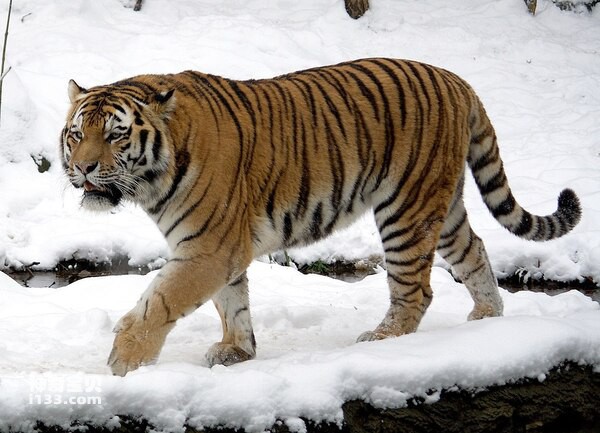
These characteristics make the Siberian tiger the top predator in the forest, demonstrating its unique survival skills and eye-catching appearance. Although they generally avoid conflicts with humans, they exhibit strong hunting instincts and survival abilities in their natural environment. Today, the Siberian tiger has become a rare species, and its population is gradually recovering under human protection, adding precious biodiversity to the entire ecosystem.
2. The smallest cat in the world (spotted cat)
The spotted cat is a cat in the genus Ocelotus of the subfamily Felidae, order Carnivora, order Mammalia, and is known as the smallest cat in the world. The adult spotted cat is only 45 centimeters long, has a tail about 17 centimeters long, and weighs between 1 and 2 kilograms. Their main habitats are in the forests of the dry areas of Gujarat, Maharashtra and Indian-administered Kashmir in western India. In addition to the Indian variety, Sri Lanka also has a slightly different subspecies. Spotted cats are extremely timid in the wild and sightings of them have become increasingly rare. Humans know very little about their ecological habits, reproductive patterns, and social relationships.
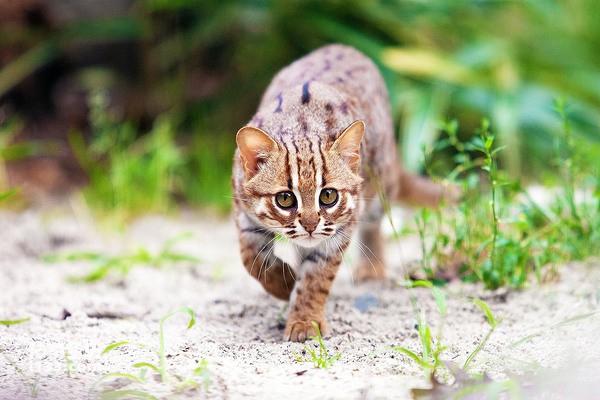
These unique characteristics about the spotted cat highlight the rarity and mystery of this tiny little cat. Their extreme alertness and stealth make them an enigmatic entity in the feline world. Ecological research and protection of these precious species have become particularly urgent in order to better understand and protect these endangered creatures.
3. The fastest cat in the world (cheetah)
The cheetah, also known as the Indian leopard, is a unique species in the genus Cheetah in the family Felidae. It is the fastest animal on land and can reach an astonishing speed of 115 kilometers per hour. The cheetah's legs are unusually slender, its body is slender, and its spine is extremely soft and easy to bend, like a big spring, allowing it to exert force on both its forelimbs and hindlimbs when running, and its body moves up and down while running. In addition, when making sharp turns, the wide tail can play a balancing role and avoid falling. This unique body structure allows cheetahs to run at extremely high speeds.
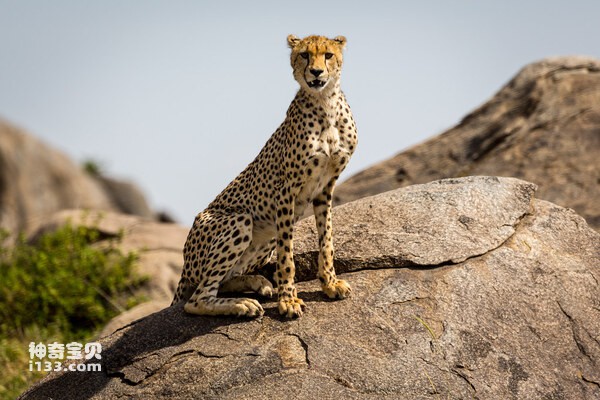
The cheetah's unique physiology makes it a speed king, displaying one of the most amazing running abilities in nature. Its excellent running skills not only help it capture prey, but also enable it to quickly cross grasslands and open areas to avoid potential threats. Through an in-depth understanding of the cheetah's body structure and running style, we can better appreciate the magic of nature and the unique role the cheetah plays in the ecosystem as the king of speed.
4. The cat with the strongest bite in the world (jaguar)
The jaguar, also known as the jaguar, is the third largest living cat. It has an amazing bite force that can reach 1,250 pounds, making it the strongest representative of cats. The jaguar's markings resemble those of a leopard, but its overall appearance is closer to that of a tiger. Among cats, the jaguar is second only to lions and tigers in size. These animals inhabit areas with lots of water, and like tigers, they love to swim. Jaguars are solitary creatures, ambush predators with a high degree of flexibility and strategy in choosing their prey. As an apex predator and a keystone species in the ecosystem, jaguars play a vital role in maintaining ecological balance and regulating prey populations.
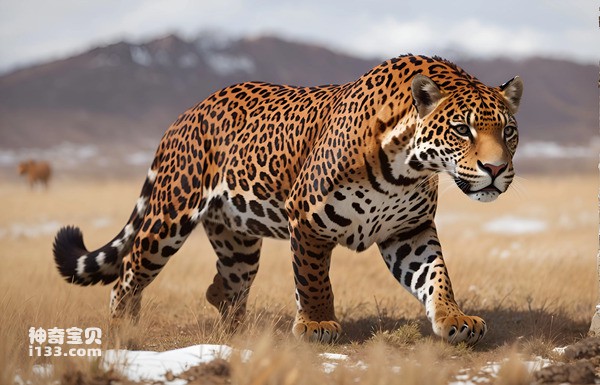
The jaguar's unique characteristics and behaviors underscore its importance and unique place in nature. As key components of ecosystems, they are essential for maintaining ecological balance and biodiversity. By gaining a deeper understanding of the jaguar's ecological role, we can better appreciate the species' enormous contribution to ecosystems and humanity's responsibility for its conservation and survival.
5. The best cat in the world (lion) who knows how to fight in groups
Lion, commonly known as lion, was called Suanni in ancient China. The lion is a social animal and is the representative of cats with the strongest group fighting ability. It is almost unbeatable in front of other cats in Africa. Lions are always cautious when hunting, approaching quietly close to the target, making full use of any surrounding objects that can serve as cover to hide themselves until the prey is forced to a distance of more than thirty meters, and then suddenly and quickly pounce on the target. Female lions often hunt in groups. Members of the group spread out to form a fan shape to surround the prey, and then approach from multiple directions, waiting for the opportunity to accurately select the target to attack when the herd flees in panic.
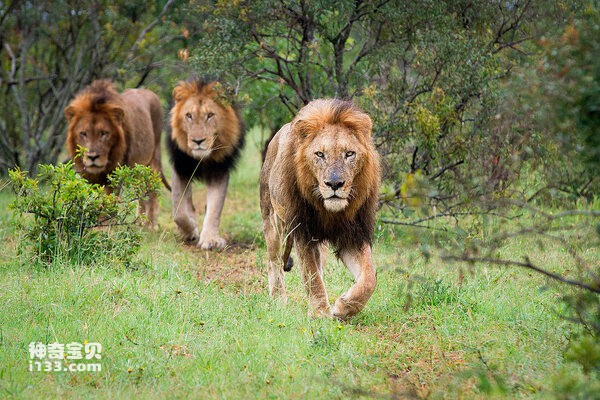
Lions serve as great examples of teamwork, demonstrating superior hunting strategies and cooperative abilities. Their group hunting methods are exquisite, demonstrating a high degree of sociality and collective intelligence. Through in-depth research on lions' unique hunting behavior and living habits, we can better understand this species' important role in nature and its contribution to ecosystems and biodiversity.
6. The cat with the highest altitude in the world (snow leopard)
As an important large cat carnivore and flagship species, the snow leopard is named "Snow Leopard" because it often moves between the snow line and the snow. This kind of cat is a species that can survive in the highest altitude areas in the world. There have been traces of snow leopards on the snow on the north slope of Mount Everest at an altitude of 5,400 meters. Snow leopards are known for their nocturnal nature, preferring to rest during the day and be active and hunt at dusk and early morning. They are agile, alert, and have excellent flexibility. They can jump in rugged terrain and even jump off cliffs 3 to 4 meters high.
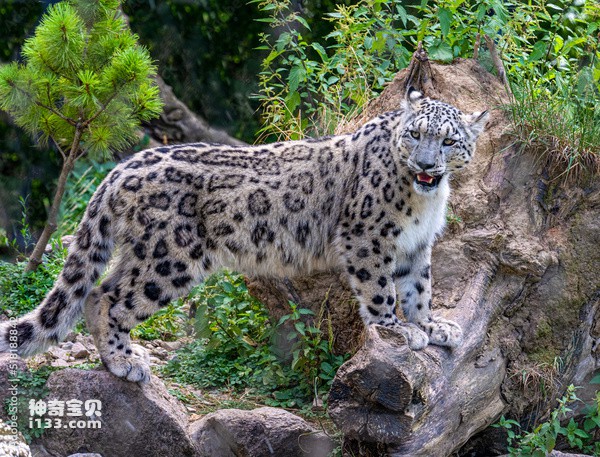
Usually, snow leopards rarely appear during the day, sometimes choosing to lie down on bare rocks in the mountains to bask in the sun. This behavior and living habits make the snow leopard one of the mysterious and spectacular animals in the high mountains. A deeper understanding of the ecological habits of snow leopards can help us better protect this endangered species and ensure their survival and reproduction in their wild habitats.
7. The slowest cat in the world (Rabbit Cat)
The rabbit cat is a stubby cat, similar in size to a domestic cat and weighs between 2 and 3 kilograms. It is one of the slowest cats in the world. The cat has several unique characteristics compared to other cats. Its legs are short, its buttocks are fat, and its hair is thick and long, making it look particularly stocky and hairy. The fur of the rabbit cat changes with the seasons, taking on a grayer and less speckled appearance in winter. In addition, the rabbit's ears are set low, and its face is quite owl-like.
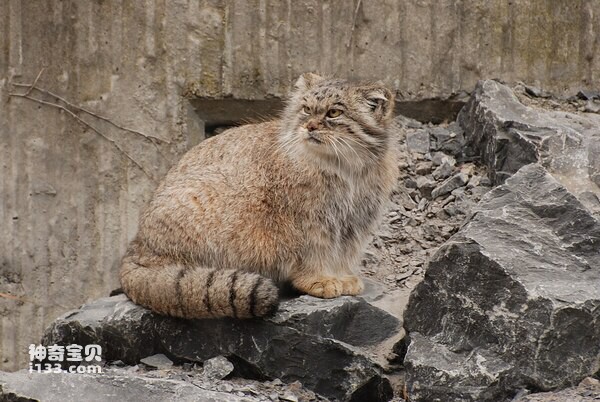
The rabbit cat is a nocturnal animal, and its activities are mainly concentrated at dusk and dawn, and it usually starts hunting during these two periods. When food is scarce in winter, rabbit cats will also come out to look for food during the day, and may even migrate to villages to find food. Although this cat runs slowly, its unique appearance and living habits have established a unique image for it, demonstrating the diversity and adaptability of various creatures in nature.
8. The most tree-climbing cat in the world (clouded leopard)
Clouded leopards are cats belonging to the class Mammalia. They are good at climbing and use their thick and long tails to maintain their balance. Therefore, they are known as one of the cats best at climbing trees. They have stubby and muscular limbs, and their tails are almost as long as their bodies and are unusually thick. The clouded leopard's head is slightly rounded, its snout is protruding, and its claws are unusually large. The body is golden yellow and covered with dark and rich cloud-like markings, hence the name "Clouded Leopard".
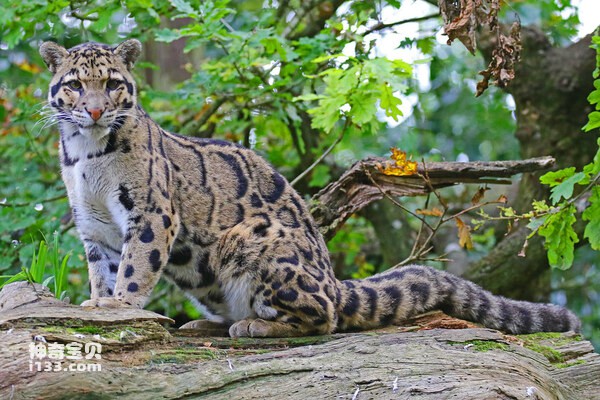
Clouded leopards' stubby limbs help lower their center of gravity, while their sharp-clawed feet ensure they cling to branches as they leap from tree to tree. In addition, the long and thick tail is a vital balance tool for clouded leopards when climbing, helping them move lightly and freely in the woods. These unique physiological characteristics and adaptability allow the clouded leopard to shuttle freely in the canopy and demonstrate its excellent climbing ability and survival skills.
9. The most high-jumping cat in the world (caracal)
The caracal has a well-proportioned body, well-developed muscles, and powerful limbs. Relying on their strong bodies, they can jump vertically to an astonishing height of 3.7 meters, making them one of the best high-jumping species among cats. The caracal's main diet consists of rodents and hares, but it will occasionally attack gazelles, small antelopes or young ostriches. However, caracals are best known for their bird-catching skills; they are able to catch birds in flight, sometimes more than two at a time.
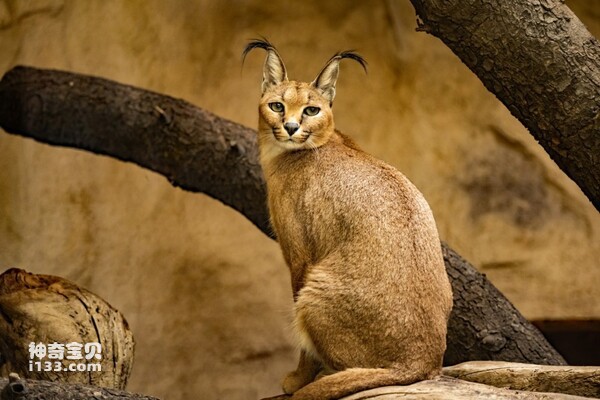
Because the caracal has excellent jumping and climbing abilities, it canIt can effectively capture prey, especially for hyraxes and other predators. The caracal's unique skills and physiological characteristics highlight its image as an efficient hunter, demonstrating its unique position in nature and survival strategies.
10. The best swimming cat in the world (fishing cat)
The fishing cat is a medium-sized cat, known as the representative of the best swimmers in the cat world. It is good at swimming in the water and uses its tail to control the direction. This cat has a broad head, a long muzzle, small, round ears, and a black back dotted with distinctive white spots. It has webbing between its paws and toes, which prevents the claws from being fully retracted, so the claws are kept straight forward, unlike most other cats. In addition, the toes are semi-webbed, allowing them to adapt to movement in the water.
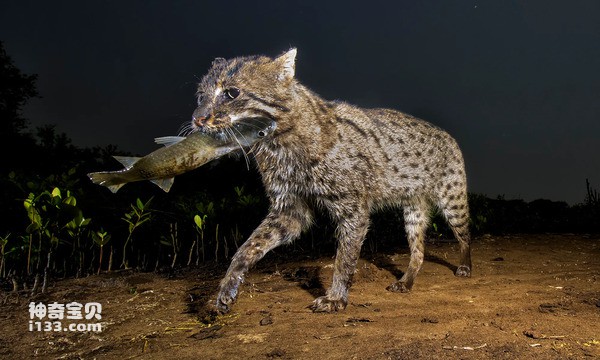
The fishing cat displays its ferocious nature, daring to attack animals much larger than itself. This trait demonstrates the fishing cat's uniqueness as one of nature's adaptable and survivable cats. Its good swimming skills and unique body structure make it an excellent hunter in the water, demonstrating the wonders of natural selection and evolution.
We created this article in conjunction with AI technology, then made sure it was fact-checked and edited by a Animals Top editor.